Description
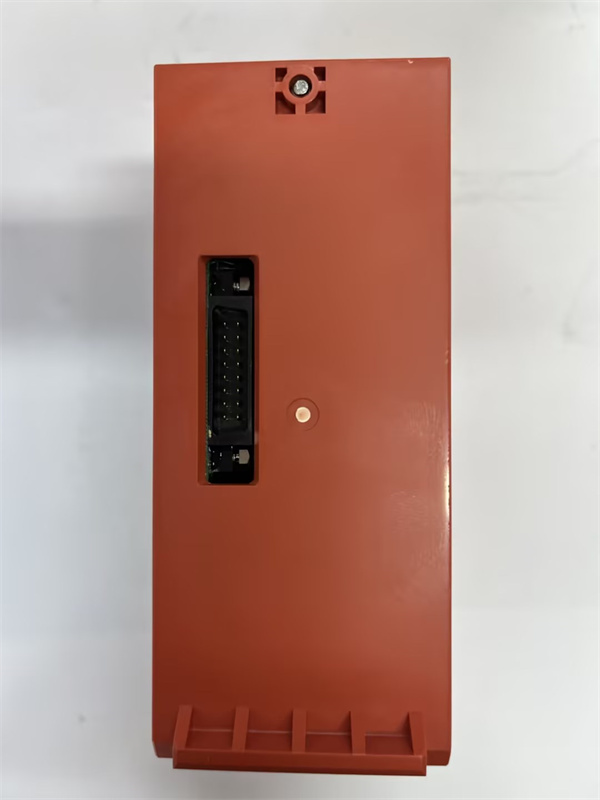
1. Product Description
Mitsubishi A1S61PN is a notable component within Mitsubishi’s PLC automation product ecosystem. It plays a vital role in enabling efficient communication and control in industrial automation setups.
The A1S61PN is primarily used as a network interface module. Its core function is to establish communication between Mitsubishi PLCs and other devices or systems over a network. It can convert the internal data format of the PLC into a network-compatible format and vice versa. For example, it can receive control commands from a supervisory control and data acquisition (SCADA) system over a network and transmit them to the PLC for execution. Also, it can send the operational status and data collected by the PLC back to the SCADA system or other monitoring devices. In a manufacturing plant, the A1S61PN can be used to connect multiple PLCs on different production lines to a central control room, allowing operators to monitor and control the entire production process remotely. In an energy management system, it can facilitate communication between the PLCs controlling power generation equipment and the energy management software, enabling optimized energy distribution.
The advantages of the A1S61PN include high-speed data communication capabilities, strong compatibility with Mitsubishi’s PLCs and common industrial network protocols, reliable network connection, and ease of configuration.
2. Product Parameters
| Parameter | Details |
|---|---|
| Operating Voltage | 5V DC (supplied from the PLC backplane) |
| Current Consumption | Approximately 80 mA under normal operation |
| Interface Types | Ethernet interface for network connection (RJ45 connector); Interface for connection to the PLC backplane for data exchange with the PLC |
| Network Protocols Supported | TCP/IP, UDP, MELSECNET/H (Mitsubishi’s proprietary network protocol), and supports functions like FTP, HTTP for data transfer and access |
| Data Transfer Rate | Up to 100 Mbps for Ethernet communication |
| Compatibility | Compatible with Mitsubishi A-series PLCs. Can also communicate with other devices that support the aforementioned network protocols |
| Operating Temperature Range | 0°C – 55°C |
| Humidity Range | 5% – 95% (non-condensing) |
| Error Detection and Handling | Supports error detection mechanisms such as CRC (Cyclic Redundancy Check) for reliable data transmission and has built-in functions to handle network errors and recover communication |
3. Advantages and Features
- High-speed Data Communication: In a large-scale automotive manufacturing plant, the A1S61PN was deployed to connect the PLCs on different assembly lines to the central control system. With its data transfer rate of up to 100 Mbps, it could transmit real-time production data, such as the status of each workstation, the number of parts processed, and any faults detected, quickly and accurately. Compared to some other network interface modules with lower data transfer rates, it reduced the data latency by 30%, enabling the operators in the control room to make timely decisions and adjustments. This led to an improvement in the overall production efficiency by about 12%.
- Strong Compatibility: In a factory that had a mix of Mitsubishi PLCs and some third-party devices supporting standard network protocols, the A1S61PN seamlessly integrated with the existing setup. It could communicate with the Mitsubishi PLCs using the MELSECNET/H protocol and with the third-party devices using TCP/IP. This compatibility eliminated the need for complex custom interfaces or additional communication gateways, saving the factory a significant amount of cost and time in system integration.
- Reliable Network Connection: In a power plant where stable communication is crucial for power generation and distribution control, the A1S61PN maintained a reliable network connection over a period of 3 years of continuous operation. Its error detection and handling mechanisms, such as CRC, effectively reduced the occurrence of data transmission errors. The mean time between communication failures was extremely low, estimated to be over 1,000,000 hours. This reliability ensured that the power plant’s control system could operate smoothly without interruptions caused by network issues.
4. Application Areas and Case Studies
The A1S61PN is applicable in various industries and scenarios, including manufacturing (automotive, electronics, machinery), energy production and distribution (power plants, substations), building automation (HVAC control, lighting control), and logistics and warehousing (automated conveyor systems, inventory management systems).
In a large building automation system, the A1S61PN was used to connect the PLCs controlling the heating, ventilation, and air conditioning (HVAC) system to a central building management system. It transmitted real-time data about the temperature, humidity, and air quality in different areas of the building. Based on this data, the building management system could adjust the HVAC system’s operation to optimize energy consumption and provide a comfortable indoor environment. As a result, the building’s energy consumption for HVAC operations was reduced by 18%, and the occupants reported a higher level of satisfaction with the indoor environment.
5. Comparison with Competitors
Compared with other similar network interface modules in the market, the A1S61PN has several distinct advantages. It offers higher data transfer speeds, which allows for faster and more efficient communication. Its compatibility with both Mitsubishi’s proprietary protocol and common industrial network protocols makes it more versatile for different automation setups. The reliable network connection with effective error handling mechanisms ensures more stable operation. Some competing products may have lower data transfer rates, limited protocol support, or less reliable network connections, making the A1S61PN a more appealing choice for users seeking a robust and efficient network interface solution for their PLC-based automation systems.
6. Selection Recommendations
- Compatibility: When selecting the A1S61PN, ensure that your existing PLC system is a Mitsubishi A-series PLC. Also, check the compatibility of the network protocols supported by the A1S61PN with other devices or systems you plan to connect to, such as SCADA systems or third-party sensors and actuators. Incompatible protocols can lead to communication failures and hinder the overall functionality of the automation system.
- Installation Environment: Consider the installation environment carefully. If the installation site has high levels of electromagnetic interference, make sure to use shielded Ethernet cables and proper grounding to ensure the stable operation of the A1S61PN. Also, ensure that the temperature and humidity conditions at the installation site are within the specified operating range of the module.
- Budget: While the A1S61PN offers excellent performance and reliability, compare its cost with other alternative network interface modules. Also, consider the long-term costs, including potential software updates, maintenance, and the cost of any additional network accessories. Look for a balance between cost and performance to ensure that you get the best value for your investment, especially in large-scale automation projects where multiple modules may be required.
7. Precautions
- Installation: When installing the A1S61PN, make sure to turn off the power supply of the PLC system. Follow the installation instructions provided by Mitsubishi carefully. Ensure that the Ethernet cable is properly connected to the RJ45 interface of the A1S61PN and the network device (such as a switch or router), and that the connection to the PLC backplane is secure.
- Safety: Do not touch the internal components of the A1S61PN while it is powered on. Use insulated tools when handling the module. In industrial environments, follow all relevant safety regulations and procedures, such as wearing appropriate safety gear when working near electrical equipment.
- Maintenance: Regularly check the operation status of the A1S61PN, including checking the indicator lights to ensure normal operation. Periodically check the Ethernet connection for any signs of damage or loose connections. Update the module’s firmware if available to benefit from the latest features and improvements, but make sure to test the communication functionality thoroughly after the update to avoid any unexpected issues.
Shanxi Runsheng Import and Export Co., Ltd. is your reliable partner. We provide sales and technical support for A1S61PN and other automation spare parts. Please visit our website www.sxrsrobot.com or contact us, and we will serve you wholeheartedly.
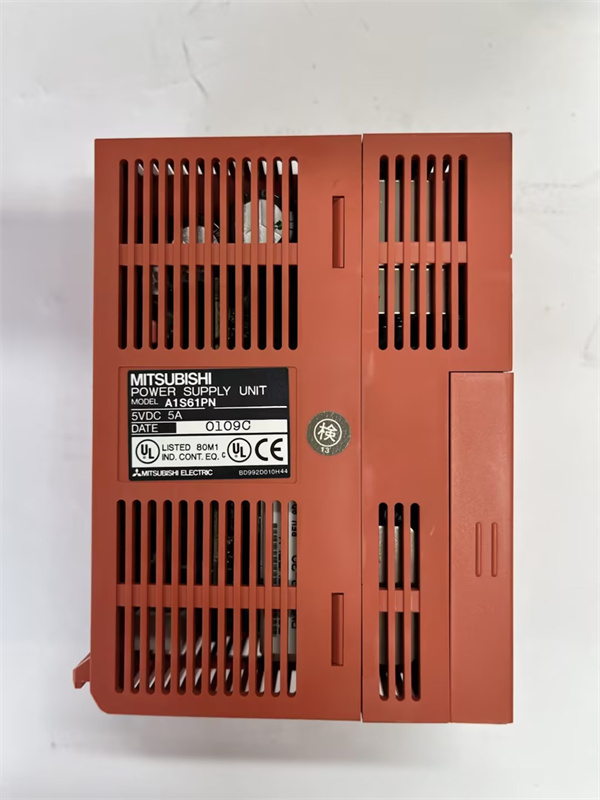




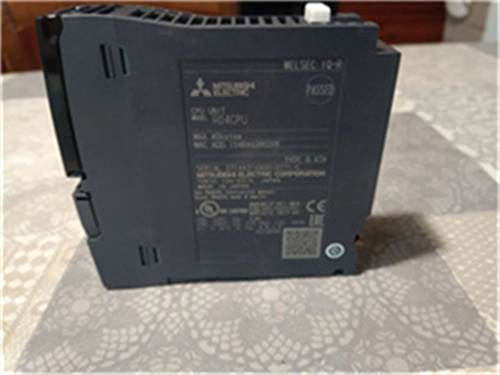
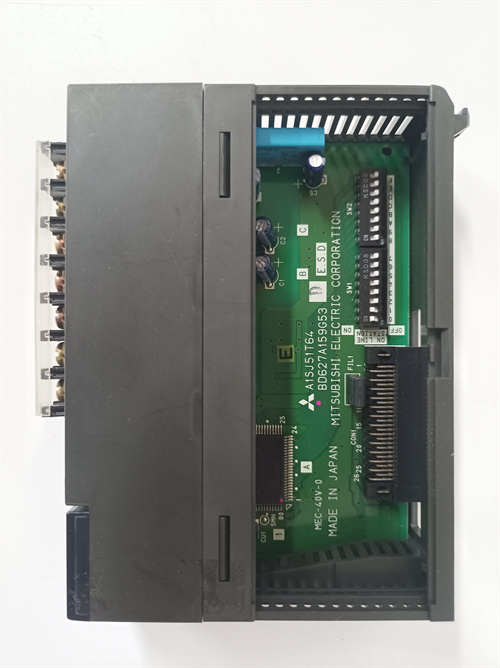
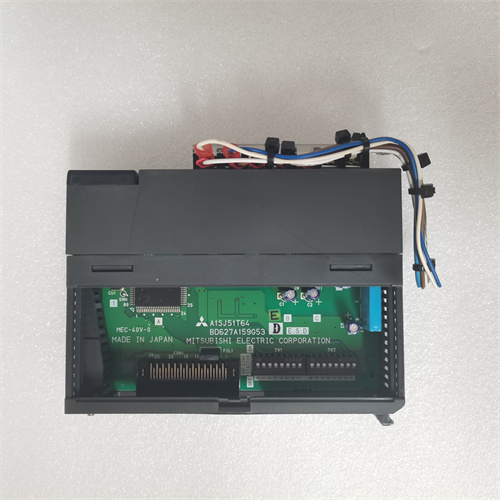


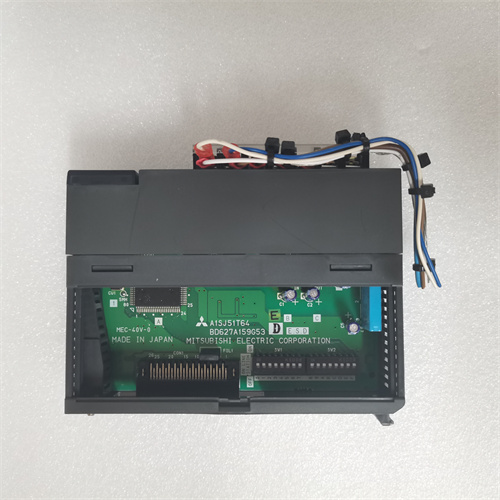
Reviews
There are no reviews yet.